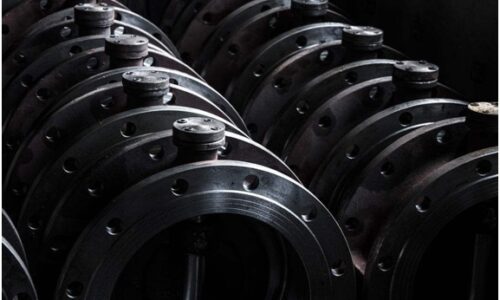
Although silicone is technically part of the rubber family, its properties have led some people to think that it is plastic. The confusion is understandable, as silicone can be shaped, softened, reformed, and hardened into virtually anything, all plastic-like characteristics.
Like plastic, silicone is used in water bottles, kitchen utensils, and other household products. Still, these daily items are just the tip of the iceberg, as its application is much more widespread. Every year, almost 7,000 metric tons of silicone make its way from the silicone supplier to the consumer, some in the unlikeliest of forms. Here are a few ways that silicone surrounds you daily, without you knowing it:
1. Construction
Silicone sealants and adhesives help make construction materials stronger and more durable, enabling innovative building designs. Steel, concrete, granite, glass, and even plastic stay attached longer and absorb stress better when bonded with silicone. It also protects joints from sunlight, moisture, corrosion, and some harmful chemicals.
2. Fabric and Leather
Fabric technology has developed exponentially over the past few years, and silicone has been instrumental in it. When used as a finish, it can help fabrics maintain their shape and texture. Silicone also makes textile more durable, able to withstand abrasion from daily use and washing.
With improved production techniques due to silicone, sportswear and activewear are made lightweight, durable, breathable, and able to wick moisture. Waterproofing is another benefit from silicone and is used on raingear, leather shoes, goggles, diving masks, and other products.
3. Electronics
A typical silicone supplier also figures prominently in the electronics industry as it is widely used in computer technology. It is used in bonding and encapsulating components such as circuits, microprocessors, and semiconductors. It helps protect your devices from heat, moisture, and corrosion, contamination, and vibration. These protective properties have made many electronic innovations possible.
4. Paints and Coatings
Silicone integrated into paint production makes coatings last longer and better able to withstand the elements. Paints with silicone are also easier to apply, with excellent adhesion and pigment dispersion.
House exteriors applied with silicone-based paint can stand up to countless cycles of freezing and thawing without showing signs of cracking, peeling, chalking, or blistering.
These paints also help prevent highways and road surface corrosion from acid rain, oils, and gasoline.
5. Aerospace and Aviation
Silicone has many applications, from within your house to the skies and beyond. It is widely used in various stages of aircraft and spacecraft production and maintenance. Windows and doors are sealed with silicone to withstand extreme pressure and temperature. Major components such as wings, fuel tanks, electrical devices, engines, and block boxes are similarly sealed and bonded with silicone.
6. Hair Care and Cosmetic Products
Silicone’s versatility knows no bounds, as evidenced by the role of the silicone supplier even in personal care products. The texture, smoothness, luster, and many other luxuriant qualities associated with most hair and skincare products can be attributed to silicone. It enables the smooth and even application of make-up, lotion, and skin cleansers. It also reduces the stinging and irritation from antiperspirants and deodorants.
Silicone is often confused with plastic, but it is so much more than that. It can’t be judged merely based on its rubber pedigree. It is something of a hybrid of both materials, with unlimited use and applications. What is more is that it’s stable and non-toxic, and safe for use in many products, common and otherwise.

